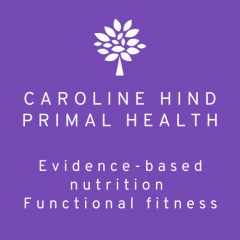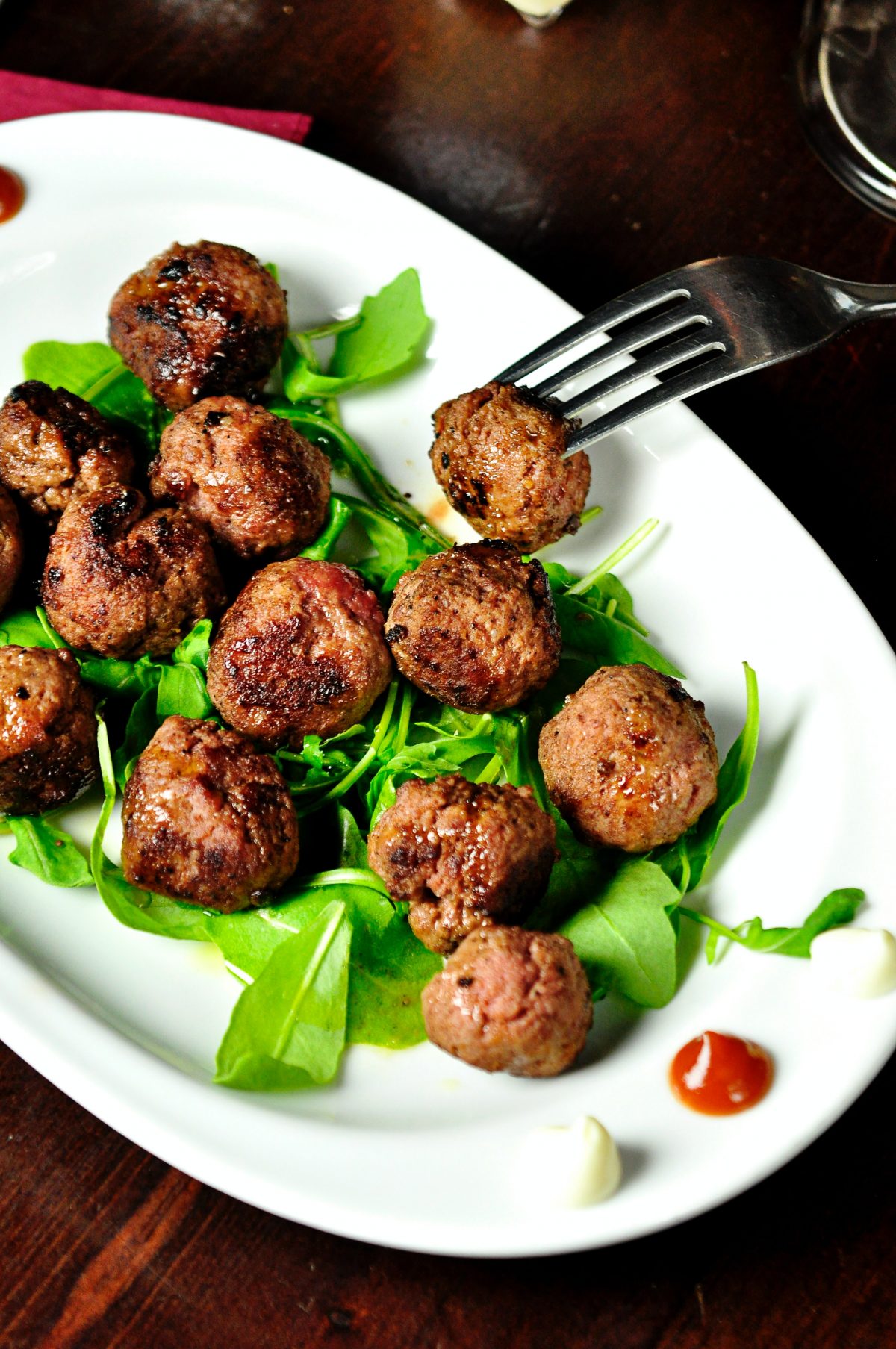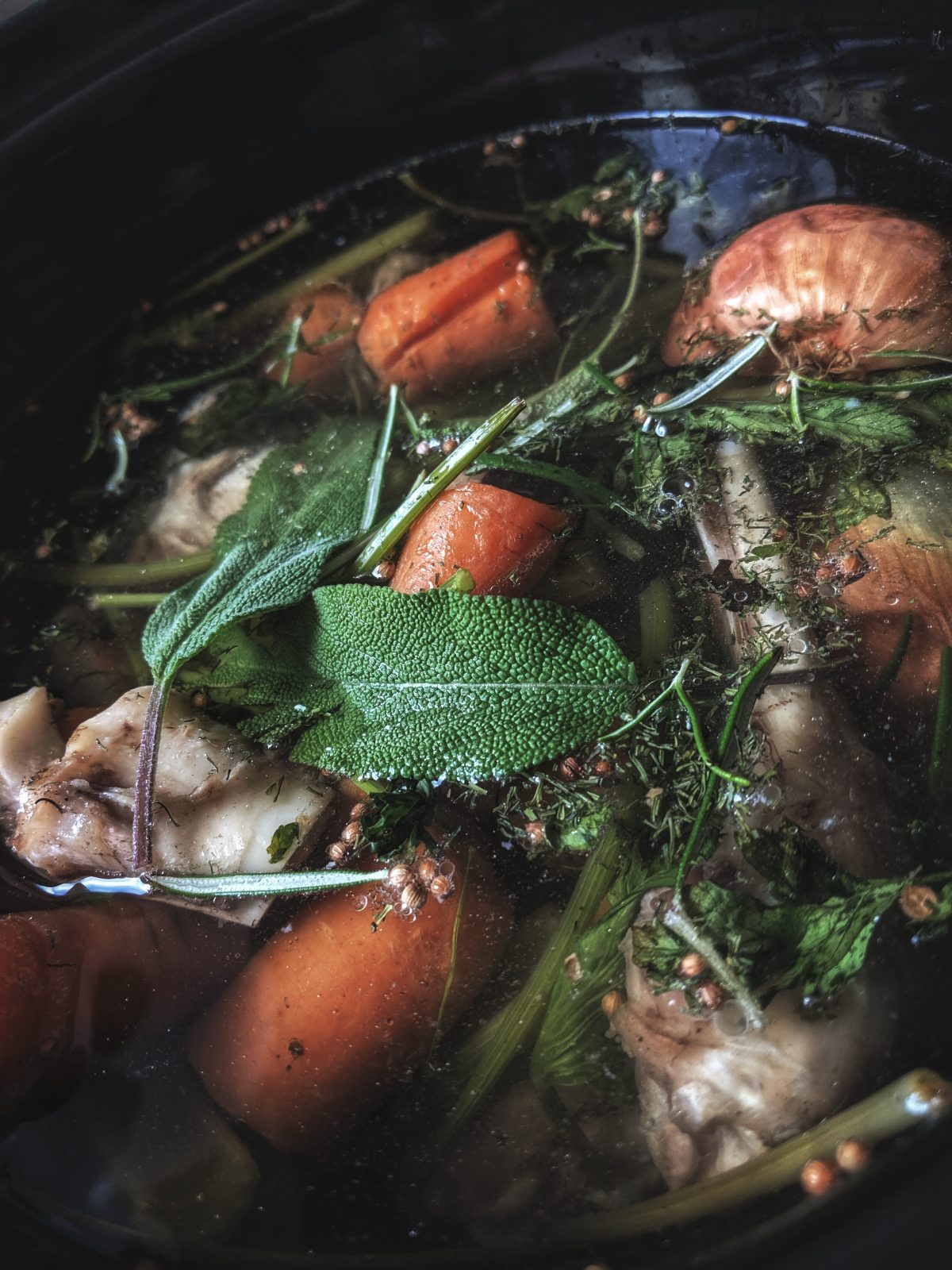What’s the deal with carbs?
You probably know that carbs include sugar and starch. So if you limit your sugar, you’re ok, right?
Well, it depends….
A pile of jelly babies is obviously made from sugar. But did you know that a pile of starchy food such as rice or breakfast cereal is also mostly made from sugar?
The fact is: starch is glucose molecules holding hands.
The links between the glucose molecules have to be broken inside us. This slows the glucose down. But it still hits our bloodstream as glucose.
And our bodies have to process this.
How hard are you making your body work?

So what if carbs are made of sugar?
What’s so bad about that?
Well, you probably know that high blood glucose can cause damage in the body.
For most of us, we handle incoming glucose pretty well. We release insulin to get glucose out of the bloodstream and into the places it’s needed.
The problem is, constant spikes in our blood glucose and insulin put us at high risk of this system going wrong. And once we start to lose control, we can end up with levels of both glucose and insulin being too high for too long.
The damage is often not apparent for years. It’s not always easy to get off the blood glucose rollercoaster, but it’s the first step to better health.

Do you know how much sugar is meant to be in the bloodstream at any one time?
It’s around one teaspoonful (4g).
A typical breakfast with toast, cereal and juice can contain between 16 and 21 teaspoonfuls of sugar.
That’s quite a bit for the body to handle.
If you’re young and fit you’re probably not going to have a problem with this. For some of us, though, this is a recipe for weight gain and other metabolic and inflammatory conditions.
Putting protein instead of carbs at the heart of your breakfast can make all the difference.

How do carbs affect hormones?
Hormones are our friends – they send messages around our bodies to get things done.
The thing is, chronically-high levels of glucose and insulin in the blood can send our delicate hormonal balance out of wack.
Lots of nutrition and lifestyle factors have an impact on our hormones, but a great and easy way to start to get back into balance is to reduce the glucose load (and therefore the insulin load) in our bodies.

How do carbs affect inflammation?
Inflammation is our friend. It’s a great tool our bodies use to help us to heal.
But when it gets out of hand, it’s not so friendly. Inflamed tissues can be at the root of many a health niggle or full-blown condition.
Modern medicine can do a lot for inflammation. But we now know that the high glucose and high insulin combination is a recipe for inflammation.
Getting this under control can go a long way to complementing the care you receive from your doctor.

How do carbs affect weight management?
The foods we eat trigger different amounts of the hormone insulin to be released.
Carby-starchy-sugary foods prompt the highest release of insulin.
Insulin is the storage hormone. When it’s around, we can’t burn excess body fat.
The more carby-starchy-sugary food we eat, the more glucose in our blood, the more insulin we need in order to get this glucose into the right places for use and for storage. When our muscles and liver reach capacity, guess where we store any leftovers – in our fat cells 🙁

How do carbs affect mood?
The word ‘hangry’ is becoming a thing.
Angry and hungry. Irritable, short-tempered.
Some of us suffer from these hunger-driven mood swings even when we don’t have any obvious health problems.
It’s all part of the blood-glucose rollercoaster we talked about above.
Carby-starchy-sugary meals raise our blood glucose, which raises our insulin, which takes the glucose out of the blood…. So far so good, this is what is meant to happen. It keeps us safe from high blood glucose.
But it also means that we can come crashing down to low blood glucose. The higher we go with the sugar, the lower we can fall – below our starting point. This is when we get irritable ☹

How do carbs affect stress?
It’s a lucky person who isn’t stressed these days. There’s no magic bullet, but we know that diet and lifestyle practices can make a difference.
Avoiding sharp blood-glucose/insulin spikes and falls caused by high carb – starch – sugar foods is a basic step that can start to ease the pressure on the body systems that regulate our stress response.

How do carbs affect hunger?
We always blame ourselves for eating too much or too often or the wrong foods.
But did you know that the kinds of foods you eat affect the kinds of foods you crave and how often?
Yes, it’s that blood glucose and insulin rollercoaster again….
The higher you go, the further you fall: spike your blood glucose and when it comes down it can really come down – sending you running for more food, especially more carb – starch – sugar food.
You’ll need all the willpower in the world to go against that. Better to choose the foods that don’t have this effect.

How do carbs affect energy?
Ever felt sleepy after a pasta or sandwich lunch with crisps and juice and dessert?
Carby-starchy-sugary foods that spike our blood glucose are inevitably followed by a fall that, for many of us, leads to a drop in energy.
Choosing foods that keep blood glucose more even can help keep energy levels more even.










